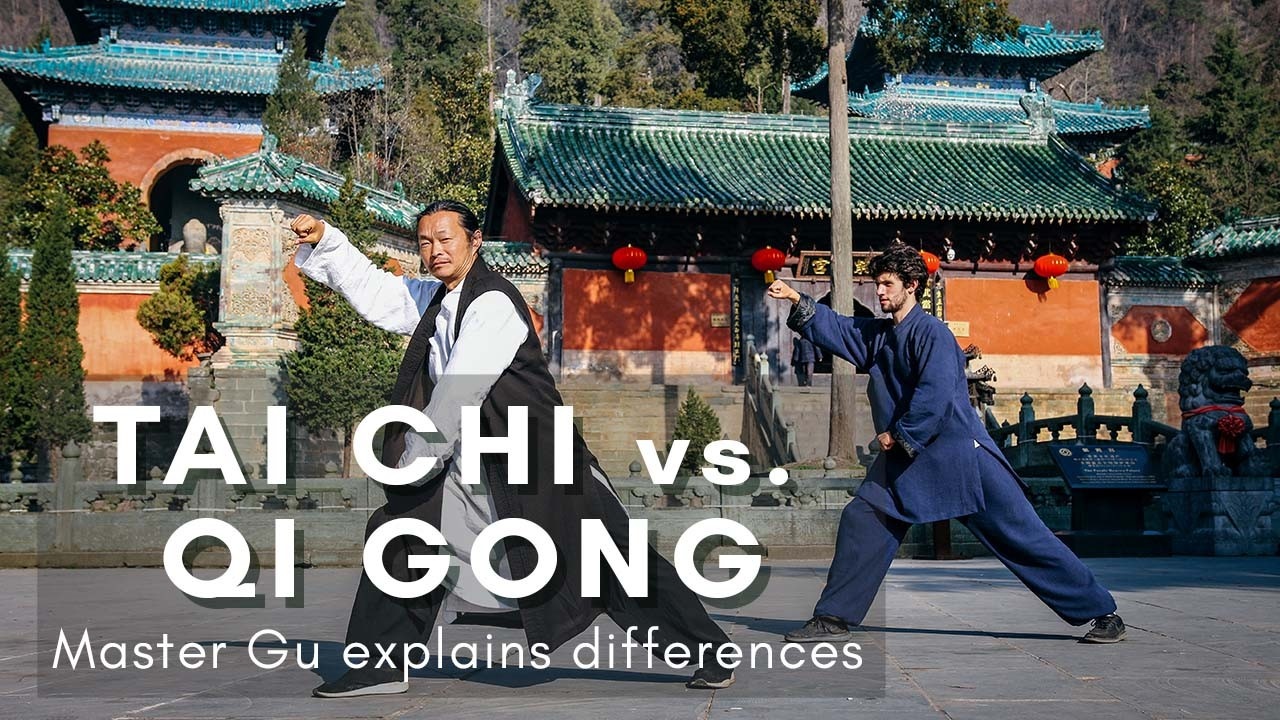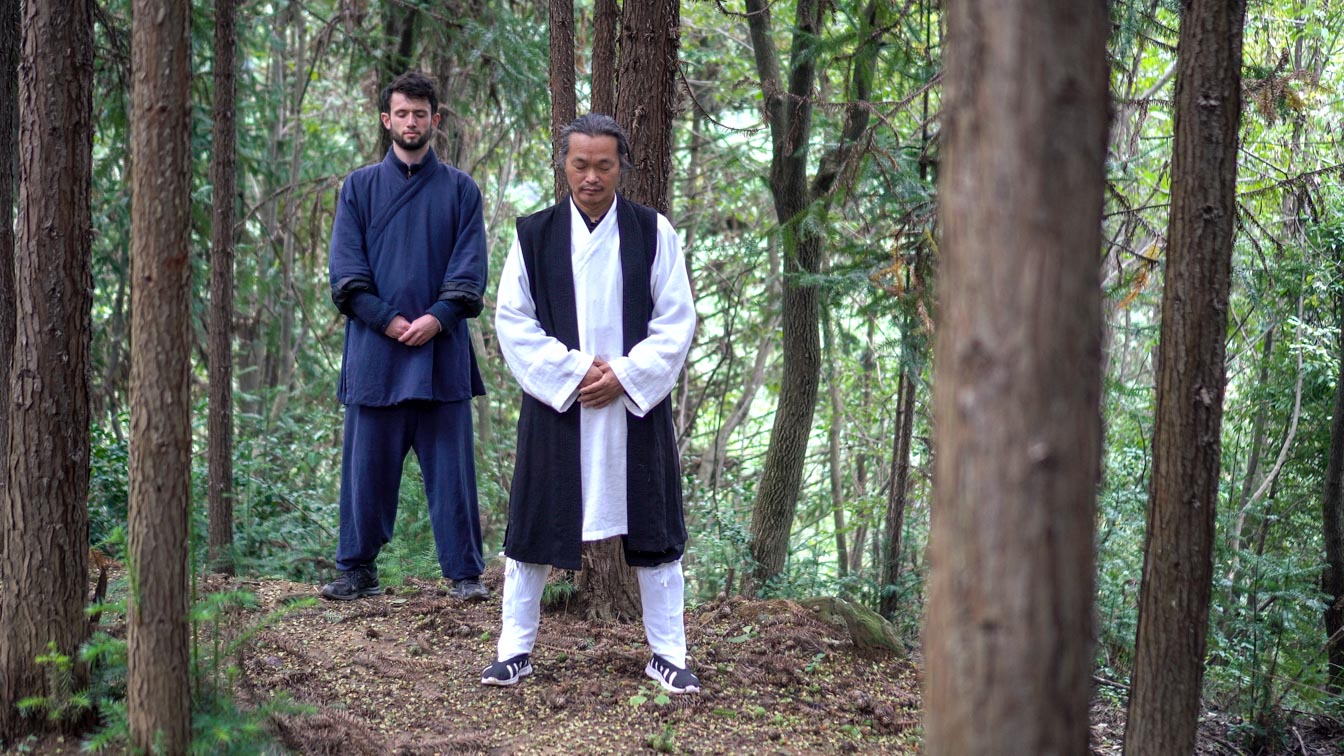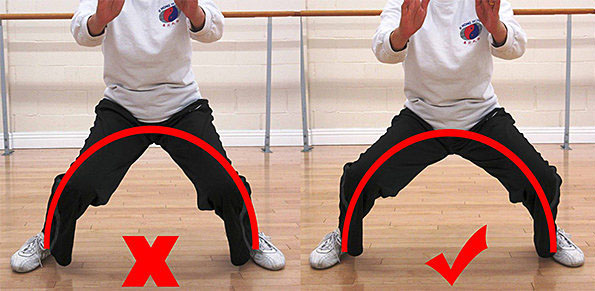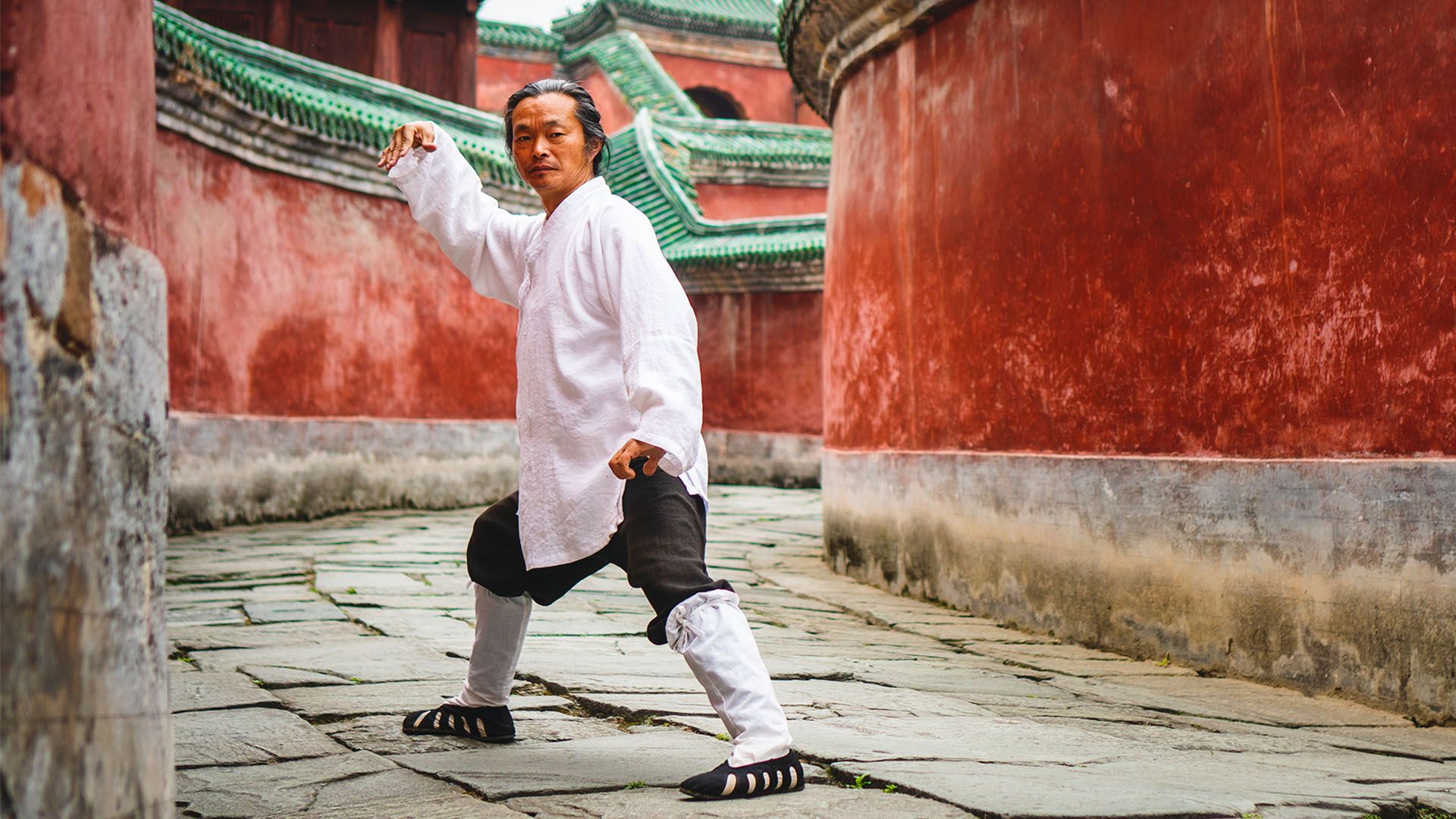Tai Chi vs Qi Gong: Master Gu Explains How to Spot The differences
Oct 07, 2024
Tai Chi vs Qi Gong: Choosing between them can be a dilemma for those seeking a holistic approach to wellness. Tai Chi, often known as Taiji or Taijiquan, is a martial art that combines meditation, controlled movements, and deep breathing. Qi Gong, or 'Qi cultivation,' involves harnessing energy (Qi) through various postures and focused intentions. While Tai Chi is a form of Qigong, it emphasizes fluid, dance-like movements, unlike the more static forms of Qigong.
We suggest that both practices can significantly improve mental and physical health, each offering unique benefits. Tai Chi, with its roots in Taijiquan, is more dynamic, promoting balance and flexibility, often described as meditation in motion. Qi Gong's practice, on the other hand, is more diverse, ranging from gentle to vigorous, focusing on cultivating and balancing Qi.
Tai Chi vs Qi Gong, understanding the difference between is crucial in choosing the right path for personal health and spiritual growth.
What is Qi Gong?
Qi Gong 气功 (Chi Kung) translates as energy practice. Through simple, repeated movements inspired by the natural world, Qi Gong teaches you how to use your breath to find peace of mind and live with energy.
Master Gu teaches that Qi Gong is made up of two things: tranquility (静 jing) and movement (动 dong).
Taoist culture offers an abundance of ways to do Qi Gong. Drinking tea. Playing music. Calligraphy. Chess. Walking in nature. Qi Gong forms. And even sitting meditation. The movement can be within the body. The micro-adjustments of the muscles keep you upright. The rise and fall of the breath.
So long as your mind is present (jing) with the movement (dong) of the body, it can be called Qi Gong.
What, then, is Tai Chi?
Qi Gong's roots go back thousands of years and are deeply intertwined with the earliest Chinese wellness practices.
Tai Chi Chuan (太极拳 taijiquan) was developed later. According to legend, in 1000 CE, a monk living in the Wudang Mountains called Zhang Sanfeng saw a fight between a bird and a snake. Inspired by their effortless agility, he began to emulate them. He developed Tai Chi Chuan, which translates as "Grand Ultimate Fist.”.
Tai Chi is a ’soft’ martial art. Some Masters developed self-defence techniques, but on the whole, tai chi is designed not for violence but for cultivating strength, power, and flexibility, like those exhibited by animals throughout the natural world.
An important part of Tai Chi practice is being fully present with your body. You are sensitive to what is happening with your legs, your torso, and your breath. This makes for more powerful practice. After all, if you did have an opponent in front of you, ruminating about what to cook for dinner would put you at a serious disadvantage.
In Tai Chi, the mind and body are unified. Moving with tranquility.
Sounds familiar?
As you may have already guessed, Tai Chi is a form of Qi Gong.
Tai Chi vs Qigong: How Can I Tell The Differences?
Tai Chi always includes concepts from Qi Gong, but a Qi Gong practice won’t necessarily include Tai Chi. Practically, what should you look out for to tell them apart?
Qi Gong: Beauty in Simplicity
Qi gong can be as simple as waiting at the bus stop and being present with your breath. Another type of Qi Gong is standing meditation, or Zhan Zhuang (literally tree trunk standing). You may repeat the mantra tu na as you breathe, which means “expel the old, draw in the new.”

This is a beautiful way to experience how your nature is related to the nature around you. Because isn’t nature always practicing qigong? The trees too “expel the old and draw in the new” as they ‘breathe'. The animals demonstrate balance and grace; their attention is always in the present moment.
There are also Qi Gong forms where specific moves are repeated. Here is Master Gu explaining the five animals in Qi Gong:
Tai Chi: More Physically Demanding
Tai Chi is more complex. A tai chi form involves a series of martial moves that can take months to learn and a lifetime to master.
Here is Master Gu performing the 28 form in front of Purple Cloud Temple
You can adapt Tai Chi depending on what you want out of your practice. If you want to develop strength, you can practice in a more martial style. Sink your hips lower as you move. If you are recovering from injuries or starting to improve your mobility, you can take it more gently. The important thing is to practice with the correct technique and listen to your body.
I didn’t do this when I first started Tai Chi. I allowed my knee to collapse inward when I turned my hips. Over time, I developed a knee injury.

I am very grateful for this injury. It taught me a lot.
Knee problems are one of the ‘injuries of civilization’. In the past, our ancestors were constantly walking on uneven terrain. Constantly strengthening their knees and the supporting muscles. Today, almost everything we walk on is flat. Pavements. Floors. Stairs.
No wonder I got injured. I never used my knees in the way that nature intended.
Tai Chi is a natural form of movement. And so, it challenges you to understand your own nature, to understand your mind and body, and to give them what they need to flourish.
My knee problems came from the fact that my legs (particularly my bum muscles) were not strong enough. I overcame this through daily lunges and yoga. My legs became more powerful. My tai chi practice became more powerful. And I now feel that power for the rest of my life.
5 Major Differences Between Tai Chi and Qi Gong
- Tai Chi is generally considered a Chinese martial art, while Qi Gong focuses on cultivating and balancing qi.
- Tai Chi usually involves a series of movements strung together, whereas Qi Gong consists of specific exercises.
- Tai Chi forms are complex and dance-like, and Qi Gong exercises are adaptable and often easier for beginners.
- Tai Chi practice emphasizes slow movements and posture, Qi Gong includes deep breathing and standing meditation.
- Although Tai Chi incorporates elements of Qi Gong, Qi Gong is generally less complex and more focused on breathing exercises.
Qigong vs Tai Chi: Learning Curve and Accessibility
Qigong is generally easier for beginners due to its adaptable nature and specific postures. The set of exercises in Qi Gong is less complex, making it more accessible for those new to mind-body practices. Qigong practice can be learned quickly, with movements designed to help cultivate and balance qi.
Tai Chi, on the other hand, is a series of movements that might be more challenging initially. Tai Chi Chuan, also known as Taijiquan, involves controlled, slow movements that require time to master. However, the health and wellness benefits of Tai Chi are extensive, making it worth the effort for many practitioners.
Tai Chi or Qigong: Which One is Better or Easier to Learn?
When debating Qigong vs Tai Chi regarding ease of learning, key differences emerge. Tai Chi, often seen as a meditative martial art, incorporates elements of Qigong, focusing on posture and movement. Originating as "Tai Chi Chuan," or "ultimate fist," it's deeply intertwined with traditional Chinese wellness practices. This discipline, often taught in many Tai Chi classes, involves a set of forms, requiring students to memorize specific postures and movements strung together.
On the other hand, Qigong, also spelled "Chi Kung" or "Qi Gong," dates back thousands of years and is generally considered less complex. It's an adaptable practice focusing on developing the body's energy, or "qi," through a more free-form approach. Qigong's variance in exercises, from standing meditation to specific exercises, makes it easier for beginners to grasp. While Tai Chi focuses on slow movements and correct technique, Qigong is learning about harnessing and balancing the body's "qi" or "chi" through more straightforward, specific postures.
In conclusion, while both Tai Chi and Qigong offer health and wellness benefits, Qigong may be best for those seeking a simpler, more accessible entry into mind-body practices.
The Ultimate Aim: Self-Care
Thankfully, you do not need to choose between Qi Gong and Tai Chi. They are both awesome and will teach you different things.
Qi Gong forms have simpler moves, are easier to learn, and so, early on, can feel more meditative. Qi Gong is a fantastic practice to integrate into your morning routine. It wakes up your body and calms the mind, helping you handle the day's challenges.
Tai Chi helps you develop strength, balance, and power. If you can find a teacher, they can give you feedback on your form. You can learn with Master Gu’s online academy; he gives you precise, step-by-step instruction. You can learn more about becoming a student here.
The ultimate aim of both practices is for you to take charge of your health. To discover the power of your breath. To reconnect with your body. To move with grace. To develop peace of mind.
How you achieve these things is less important than your intention for self-care.
I’ll leave you with a quote from the wonderful Kenneth Cohen from the Way of Qigong. A book I highly recommend:
“Thirty percent of qigong is learning the technical skills, but the remaining 70 percent is about nurturing and learning how to practice self-care. We’re finding out how we can take care of ourselves, slow down, and do less,”
—
George Thompson
San Feng Pai, 16th Generation Tai Chi disciple








